While gen AI has captured the attention of virtually every CIO, quantum computing is priming to take center stage.
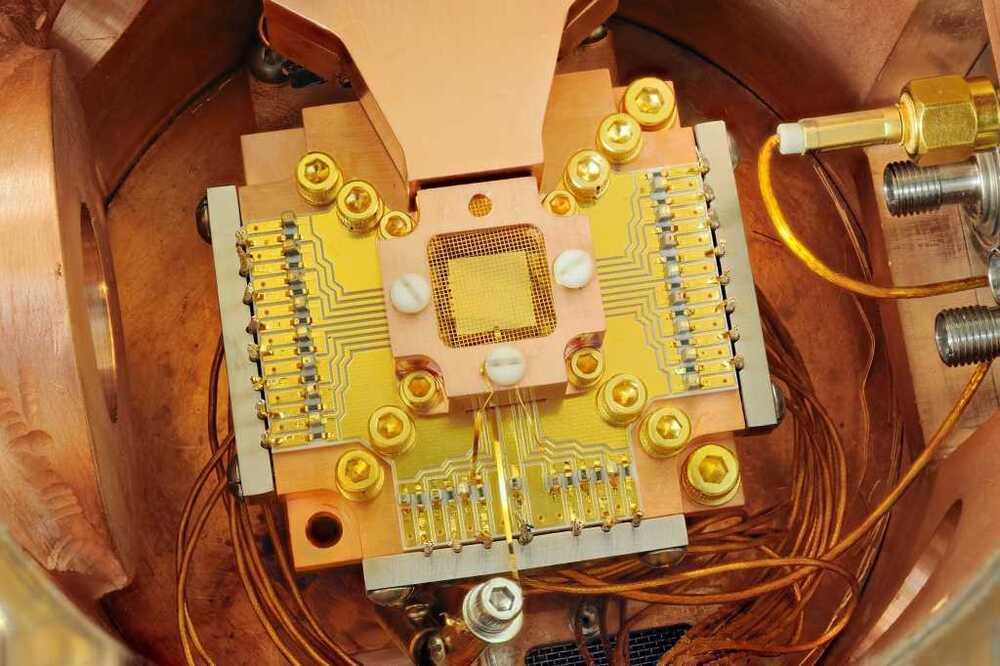

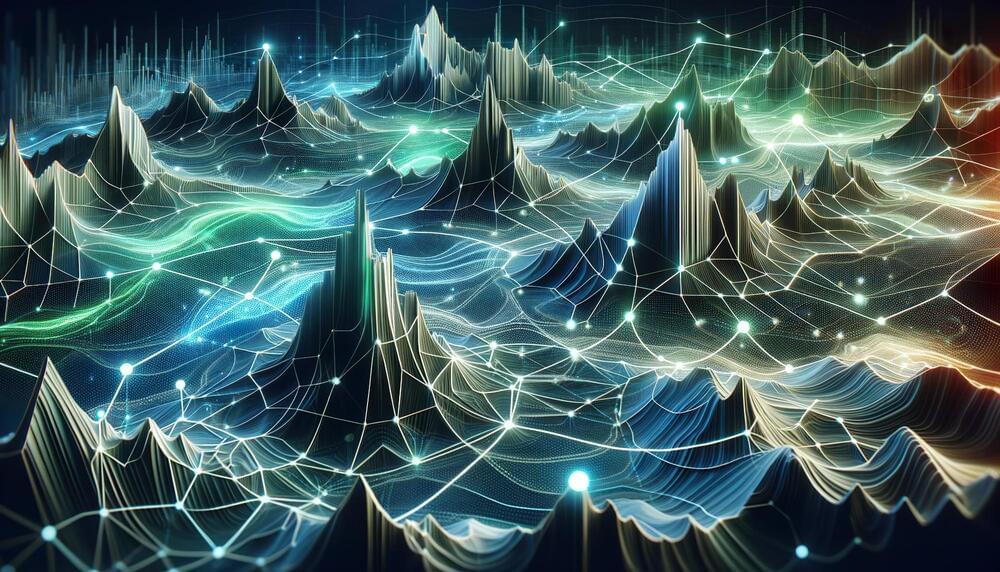
Generally, it’s advised not to compare apples to oranges. However, in the field of topology, a branch of mathematics, this comparison is necessary. Apples and oranges, it turns out, are said to be topologically the same since they both lack a hole – in contrast to doughnuts or coffee cups, for instance, which both have one (the handle in the case of the cup) and, hence, are topologically equal.
In a more abstract way, quantum systems in physics can also have a specific apple or doughnut topology, which manifests itself in the energy states and motion of particles. Researchers are very interested in such systems as their topology makes them robust against disorder and other disturbing influences, which are always present in natural physical systems.
Things get particularly interesting if, in addition, the particles in such a system interact, meaning that they attract or repel each other, like electrons in solids. Studying topology and interactions together in solids, however, is extremely difficult. A team of researchers at ETH led by Tilman Esslinger has now managed to detect topological effects in an artificial solid, in which the interactions can be switched on or off using magnetic fields. Their results, which have just been published in the scientific journal Science, could be used in quantum technologies in the future.

Researchers Kazuaki Takasan and Kyogo Kawaguchi of the University of Tokyo with Kyosuke Adachi of RIKEN, Japan, have demonstrated that ferromagnetism, an ordered state of atoms, can be induced by increasing particle motility and that repulsive forces between atoms are sufficient to maintain it.
The discovery not only extends the concept of active matter to quantum systems but also contributes to the development of novel technologies that rely on the magnetic properties of particles, such as magnetic memory and quantum computing. The findings were published in the journal Physical Review Research.
Flocking birds, swarming bacteria, cellular flows. These are all examples of active matter, a state in which individual agents, such as birds, bacteria, or cells, self-organize. The agents change from a disordered to an ordered state in what is called a “phase transition.” As a result, they move together in an organized fashion without an external controller.
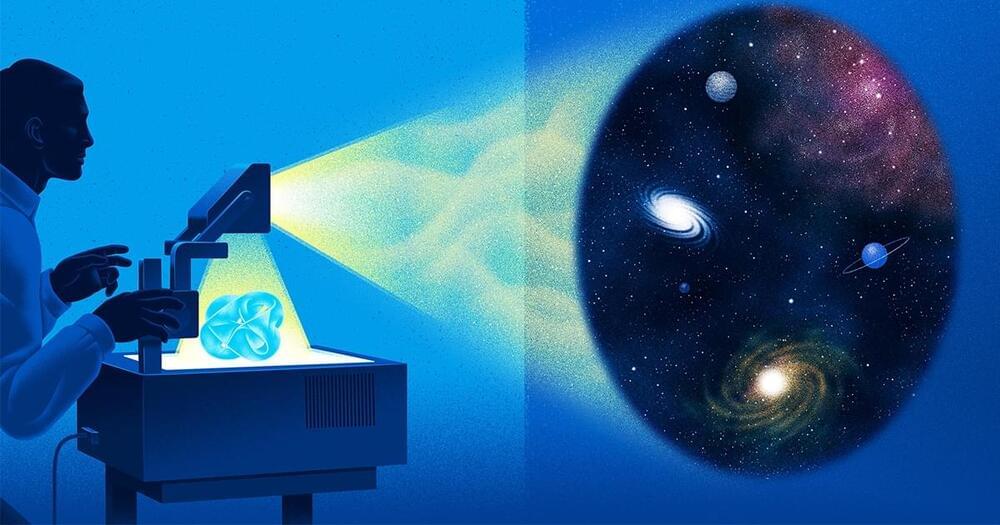
Calabi-Yau manifolds, 6D shapes that are crucial to string theory, were named after the late Eugenio Calabi (right), who proposed the shapes in the 1950s, and Shing-Tung Yau, who in the 1970s set out to prove Calabi wrong but ended up doing the opposite.
Using machine learning, string theorists are finally showing how microscopic configurations of extra dimensions translate into sets of elementary particles — though not yet those of our universe.
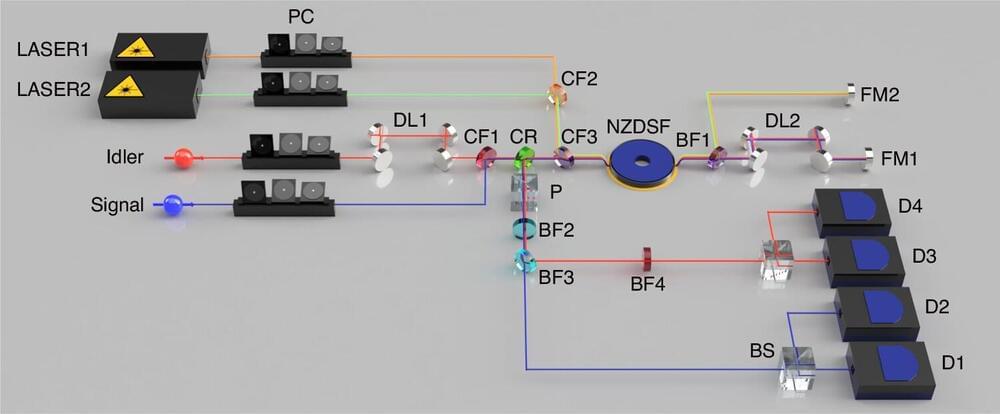
Scientists have introduced a form of quantum entanglement known as frequency-domain photon number-path entanglement. This advance in quantum physics involves an innovative tool called a frequency beam splitter, which has the unique ability to alter the frequency of individual photons with a 50% success rate.
For years, the scientific community has delved into spatial-domain photon number-path entanglement, a key player in the realms of quantum metrology and information science.
This concept involves photons arranged in a special pattern, known as NOON states, where they’re either all in one pathway or another, enabling applications like super-resolution imaging that surpasses traditional limits, the enhancement of quantum sensors, and the development of quantum computing algorithms designed for tasks requiring exceptional phase sensitivity.
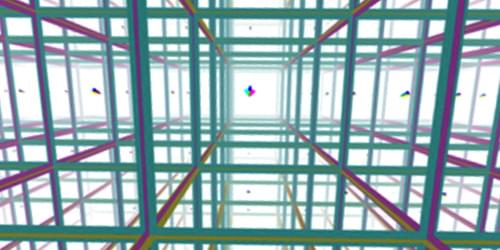
Most models for the overall shape and geometry of the Universe—including some exotic ones—are compatible with the latest cosmic observations.
Is the Universe simply connected like a sphere or does it contain holes like a doughnut or a more complicated structure? The topology of the Universe—that is, its overall geometry—remains far from settled, according to a collaboration of cosmologists. Despite past claims that observations of the cosmic microwave background (CMB) rule out various topologies, the researchers contend that many of these shapes, including some strange ones, have not been contradicted by the evidence [1].
The overall geometry of the Universe is thought to have been determined by quantum processes that unfolded in the initial moment of the big bang. Identifying the topology of the Universe would provide researchers with an important clue as to the nature of those quantum processes and could help them sift through the many proposed theories of the early Universe.
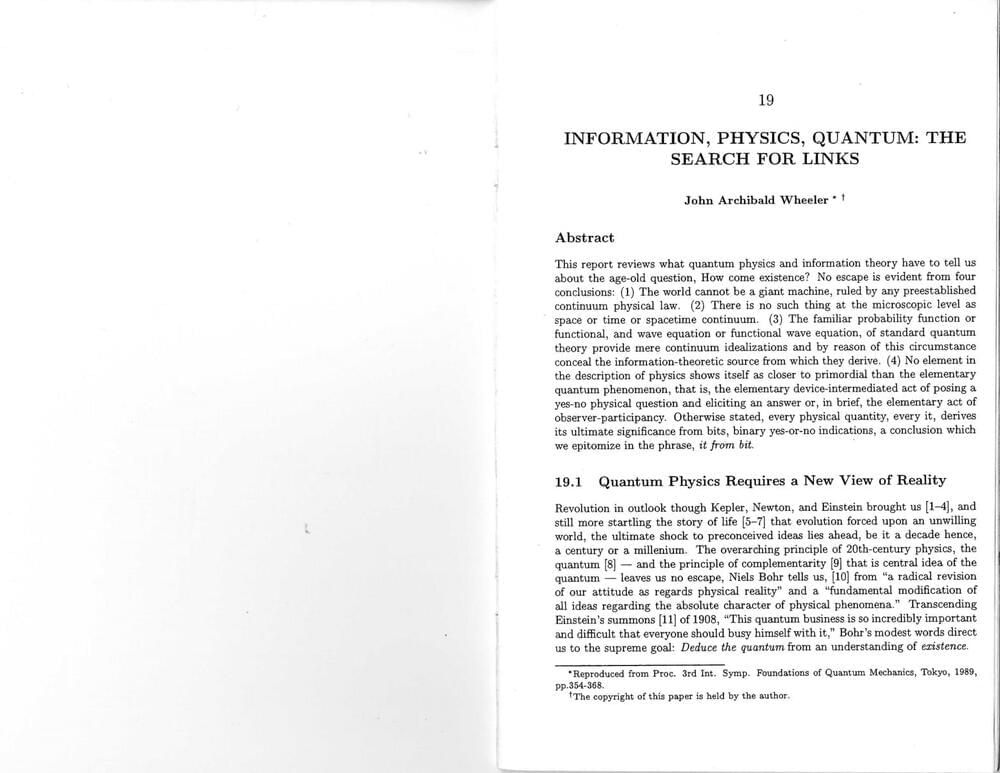
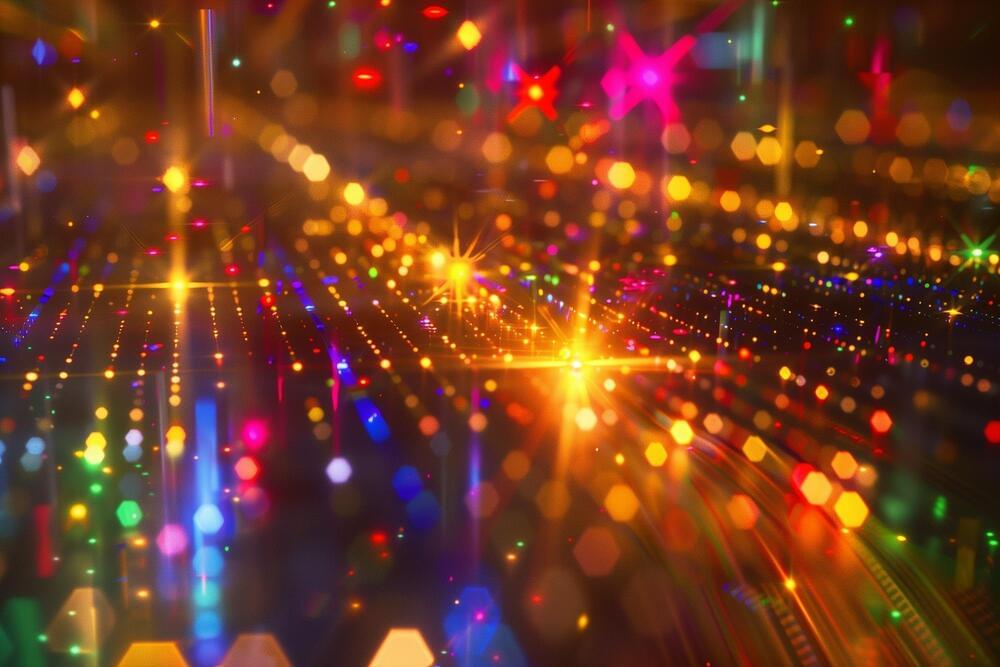
An international collaboration of researchers, led by Philip Walther at University of Vienna, have achieved a significant breakthrough in quantum technology, with the successful demonstration of quantum interference among several single photons using a novel resource-efficient platform. The work published in the prestigious journal Science Advances represents a notable advancement in optical quantum computing that paves the way for more scalable quantum technologies.
Interference among photons, a fundamental phenomenon in quantum optics, serves as a cornerstone of optical quantum computing. It involves harnessing the properties of light, such as its wave-particle duality, to induce interference patterns, enabling the encoding and processing of quantum information.
In traditional multi-photon experiments, spatial encoding is commonly employed, wherein photons are manipulated in different spatial paths to induce interference. These experiments require intricate setups with numerous components, making them resource-intensive and challenging to scale.
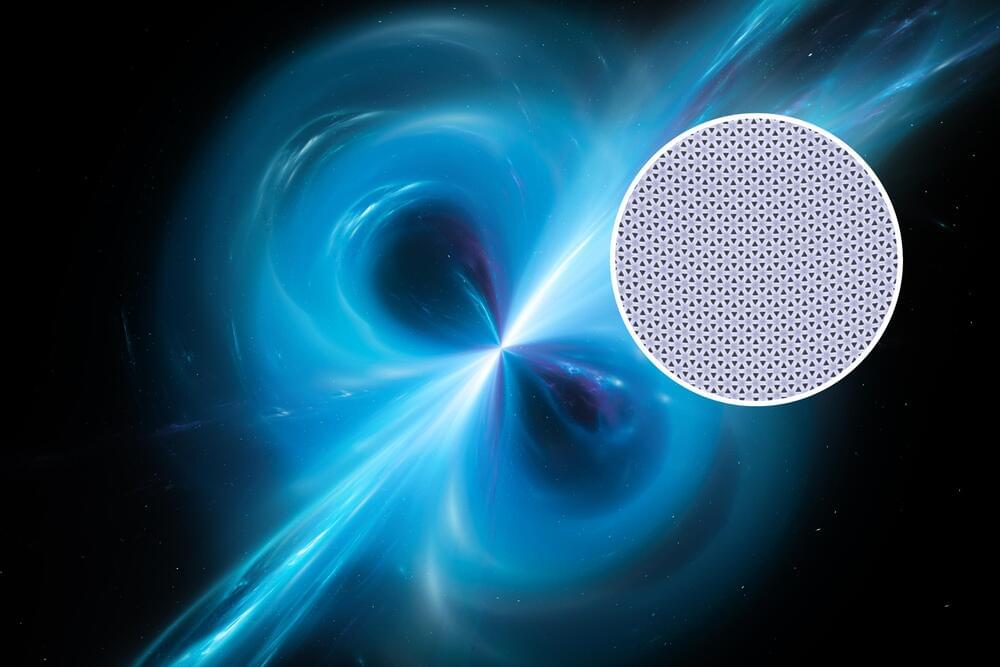

Scaling up qubit counts in quantum computers is at the core of achieving quantum supremacy.
Among the troublesome hurdles of this scaling-up race is refining how qubits are measured. Devices called parametric amplifiers are traditionally used to do these measurements. But as the name suggests, the device amplifies weak signals picked up from the qubits to conduct the readout, which causes unwanted noise and can lead to decoherence of the qubits if not protected by additional large components. More importantly, the bulky size of the amplification chain becomes technically challenging to work around as qubit counts increase in size-limited refrigerators.
Cue the Aalto University research group Quantum Computing and Devices (QCD). They have a hefty track record of showing how thermal bolometers can be used as ultrasensitive detectors, and they just demonstrated in an April 10 Nature Electronics paper that bolometer measurements can be accurate enough for single-shot qubit readout.